I am creating a new React Native app but facing errors like "No bundle URL present" while running it on iOS Simulator.
Command to Run App on iOS:
react-native run-ios --port=8089
I tried every possible solution suggested on the below links.
What is the meaning of 'No bundle URL present' in react-native?
https://www.andrewcbancroft.com/2017/04/22/solving-react-natives-no-bundle-url-present-error/
and lots of other references but no luck at all.
Solution 1: I tried to add AppTranportSecurity flags in info.plist.
<key>NSAppTransportSecurity</key>
<dict>
<key>NSAllowsArbitraryLoads</key>
<true/>
<key>NSAllowsArbitraryLoadsInWebContent</key>
<true/>
<key>NSExceptionDomains</key>
<dict>
<key>localhost</key>
<dict>
<key>NSAllowsLocalNetworking</key>
<true/>
<key>NSExceptionAllowsInsecureHTTPLoads</key>
<true/>
</dict>
</dict>
</dict>
Solution 2: Try to remove the build from the iOS folder and build it again.
- Remove the build folder with
rm -r build - Run
react-native run-iosagain
Solution 3: Added below the line in Package.json file
"build:ios": "react-native bundle --entry-file ./index.js --platform ios --bundle-output ios/main.jsbundle"
No luck at all.
Even my metro builder running on port 8089 as 8081 uses by the MacFee firewall app.


